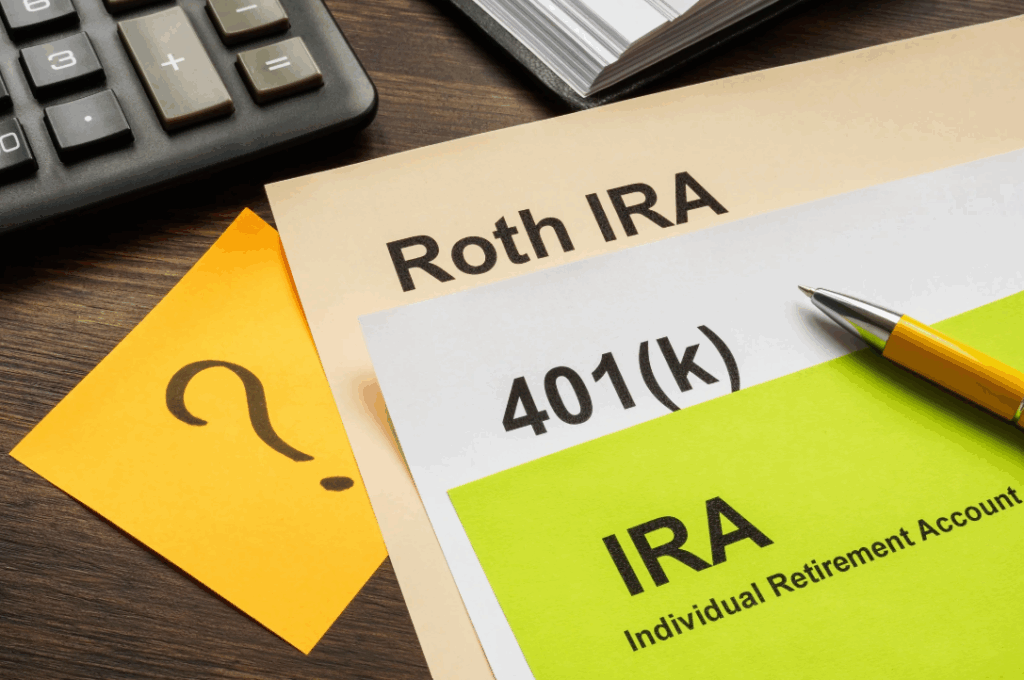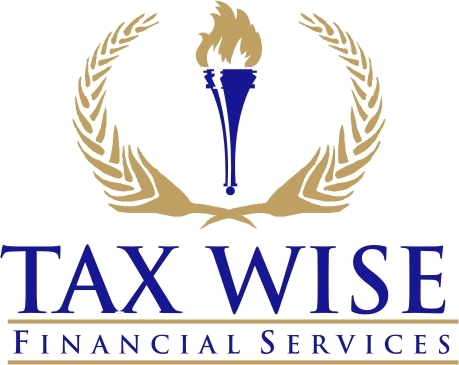
Introduction: Why Comparing Traditional IRA vs. Solo 401(k) Matters for Tax Savings in 2025
If you’re self-employed or run a small business in the U.S., optimizing tax savings is one of the smartest ways to grow your retirement wealth. Two of the best tools for that in 2025 are the Traditional IRA and the Solo 401(k). Both offer powerful tax advantages — but which one gives you the most benefit depends on your income, business structure, and long-term financial goals.
This guide compares Traditional IRA vs. Solo 401(k) investments to help you make informed decisions, save on taxes, and plan for retirement effectively.
What Is a Traditional IRA?
A Traditional IRA (Individual Retirement Account) is one of the most common retirement accounts available to Americans. It allows you to contribute pre-tax income, which grows tax-deferred until withdrawal in retirement.
Key Features of a Traditional IRA
- Contribution limit (2025): $7,000 ($8,000 if age 50+)
- Tax treatment: Contributions may be deductible depending on income and workplace coverage
- Growth: Investments grow tax-deferred until withdrawn
- RMDs: Required Minimum Distributions begin at age 73
💡 For a simple retirement guide, read our post: Understanding IRA Contribution Rules for Beginners
What Is a Solo 401(k)?
A Solo 401(k), also known as an Individual 401(k), is designed for self-employed individuals and small business owners with no full-time employees other than a spouse. This plan offers significantly higher contribution limits and powerful tax savings opportunities.
Key Features of a Solo 401(k)
- Eligibility: Self-employed individuals or sole proprietors with no full-time employees
- Contribution limits (2025):
- Employee deferral: Up to $23,500 (plus $7,500 catch-up for 50+)
- Employer profit-sharing: Up to 25% of compensation
- Combined limit: About $70,000
- Tax treatment: Pre-tax contributions lower your taxable income
- Loan option: You can borrow up to $50,000 or 50% of your balance
💡 For deeper insights, explore our article: How Solo 401(k) Plans
Traditional IRA vs. Solo 401(k): Tax Savings Comparison
When comparing Traditional IRA vs. Solo 401(k), the biggest factor is how much you can contribute — and therefore how much you can deduct from taxes.
| Feature | Traditional IRA | Solo 401(k) |
|---|---|---|
| 2025 Contribution Limit | $7,000 ($8,000 age 50+) | $23,500 + up to 25% employer contribution (≈$70,000) |
| Deduction Limits | Phases out for high earners with workplace plans | Full deduction for eligible self-employed |
| Loan Options | No | Yes (up to $50,000) |
| Administration | Simple | Requires more paperwork if balance > $250K |
| Ideal For | Individuals seeking simplicity | Self-employed maximizing tax savings |
How Tax Savings Work in Each Plan
Traditional IRA: Modest But Simple Savings
Contributions to a Traditional IRA can reduce your taxable income if you qualify for deductions. The growth remains tax-deferred until retirement, when withdrawals are taxed as ordinary income.
Solo 401(k): Bigger Deductions and Flexibility
A Solo 401(k) allows much larger contributions, reducing your current taxable income significantly. This results in substantial tax savings during high-income years — ideal for entrepreneurs and freelancers looking to shelter income efficiently.
Key Differences That Affect Tax Savings in 2025
1. Contribution Limits
Solo 401(k)s offer higher limits, which means greater tax savings potential.
2. Deduction Eligibility
IRAs may have phase-outs based on income. Solo 401(k)s generally don’t.
3. Loans and Withdrawals
IRAs don’t allow loans, but Solo 401(k)s do — providing more financial flexibility.
4. Administrative Complexity
IRAs are simpler to manage. Solo 401(k)s require form filings once assets exceed $250,000 (IRS Form 5500).
When to Choose a Traditional IRA
- Your income is moderate and you want a simple setup.
- You’re not self-employed or you already have a workplace plan.
- You value flexibility and lower maintenance over higher contribution limits.
💡 See our related guide: Best IRA Investment Strategies for 2025
When a Solo 401(k) Offers Greater Tax Savings
- You’re self-employed with significant income.
- You want to maximize deductions in high-earning years.
- You prefer to contribute both as “employee” and “employer.”
- You might need loan access for emergencies.
💡 Learn more in: Solo 401(k) vs SEP IRA: Which Is Better for Self-Employed Tax Savings?
Tax Strategy Tips for 2025
- Max Out Contributions: Take advantage of the Solo 401(k)’s high limits for greater tax savings.
- Catch-Up if 50+: Add $7,500 in additional contributions.
- Consider Roth Options: Some Solo 401(k)s allow after-tax Roth contributions for tax-free withdrawals later.
- Combine Accounts: Use a Traditional IRA for simplicity and a Solo 401(k) for larger deductions.
- Stay Compliant: File Form 5500 if your Solo 401(k) exceeds $250,000.
Case Study: Tax Savings in Action
Example:
Maria, a self-employed consultant earning $180,000 in 2025.
- Traditional IRA: Contributes $7,000 → modest tax deduction.
- Solo 401(k): Contributes $23,500 (employee) + $45,000 (employer) = $68,500 total → saves over $20,000 in taxes depending on her bracket.
By choosing the Solo 401(k), Maria maximizes her tax savings and boosts her retirement fund significantly faster.
External Reference
For detailed IRS guidance, see:
👉 IRS: One-Participant 401(k) Plans
Conclusion: Choose the Right Plan for Maximum Tax Savings in 2025
The decision between a Traditional IRA vs. Solo 401(k) comes down to income level, business setup, and how aggressively you want to pursue tax savings.
For self-employed professionals and business owners, a Solo 401(k) typically offers higher contribution limits, flexible options, and superior tax savings potential. A Traditional IRA, on the other hand, remains a simple and effective tool for moderate earners seeking tax-deferred growth.
Whichever path you take, the key to building a secure retirement in 2025 is to start now — and make every deduction count.
At TaxWise Corp, we help small business owners across the USA navigate the complex tax landscape, optimize deductions, and protect their financial future. Don’t leave money on the table, start planning today!
Contact TaxWise Corp to schedule your 2025 Tax Planning Consultation and ensure your business saves every possible dollar.


